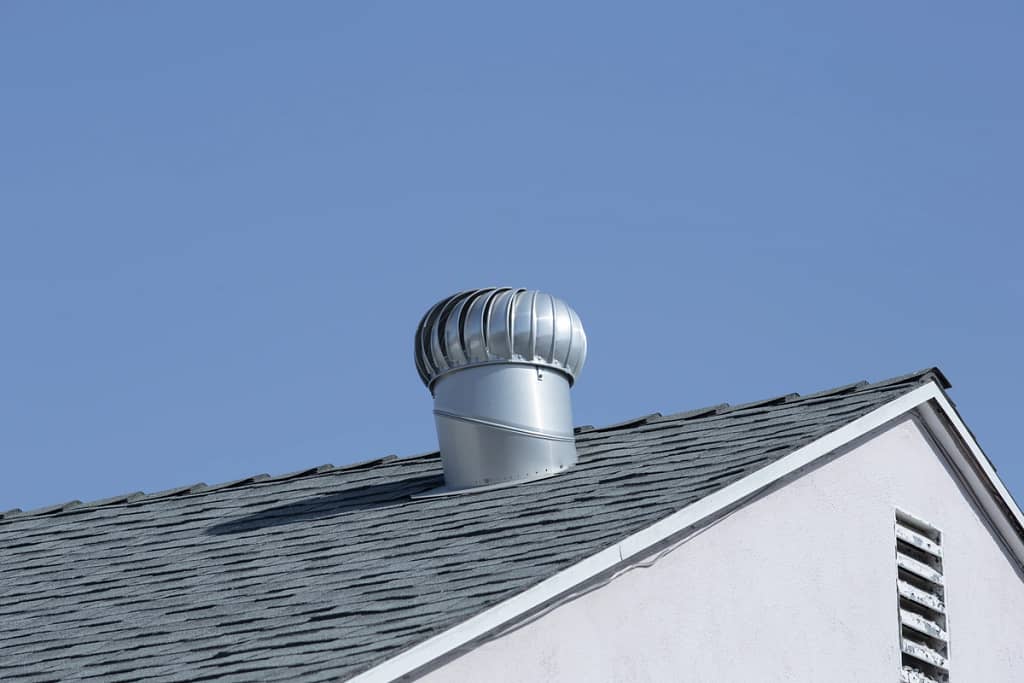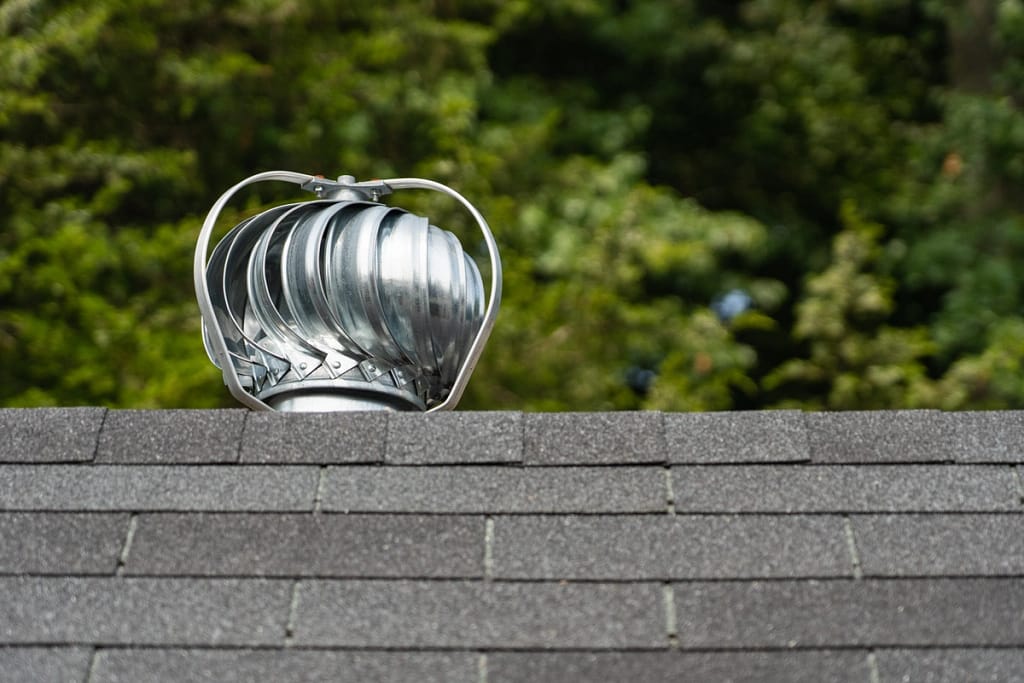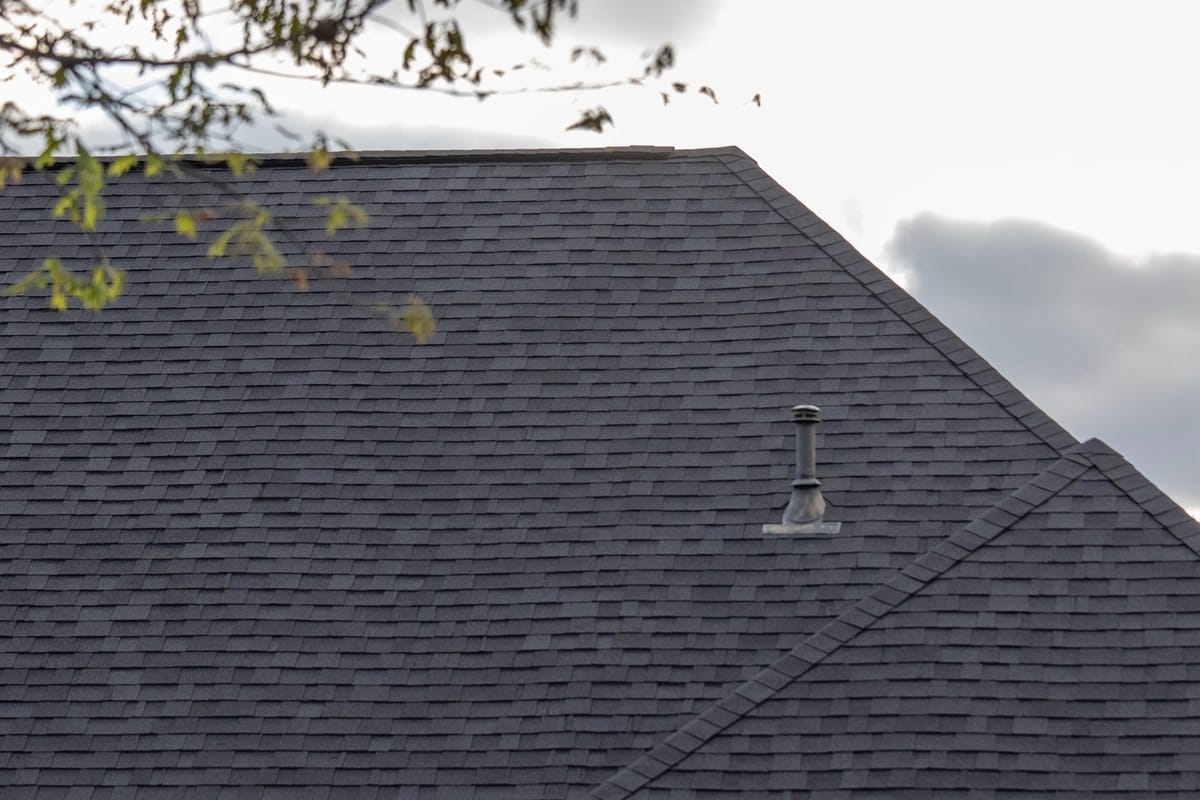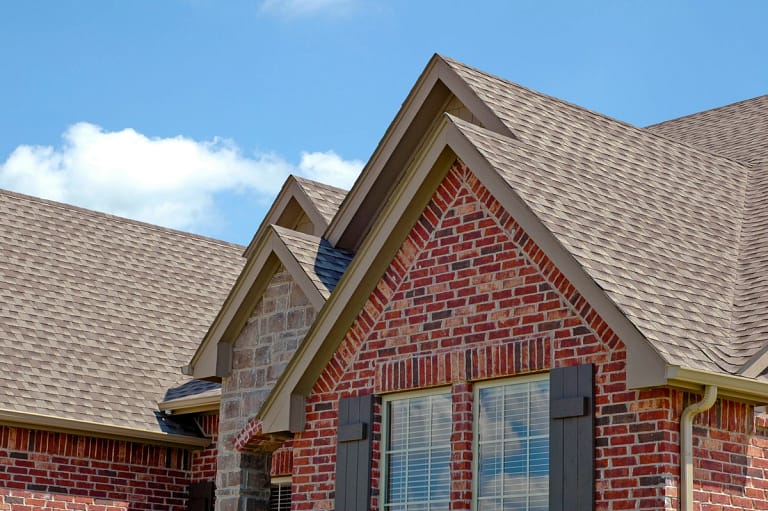A well-ventilated roof is crucial for maintaining the health and longevity of your home. Roof vents play a vital role in:
- Regulating temperature 🌡️
- Preventing moisture buildup 💧
- Extending the lifespan of your roofing materials 🎂
In this guide, we’ll explore everything you need to know about roof vents, including what they are, the various types of roof vents available, signs of poor ventilation, tips for choosing the right vent type, and the costs associated with installation.
What is a Roof Vent?

Before diving into the intricacies of roof vents, let’s start with the basics. A roof vent is a structure installed on the roof of a building to allow air to circulate freely between the attic space and the outside environment. This ventilation is essential for regulating temperature and humidity levels within the attic, preventing moisture buildup, and reducing the risk of mold, mildew, and structural damage.
5 Types of Roof Vents
There are several types of roof vents available, each serving a specific purpose and suited to different roofing configurations. Here are some of the most common types:
1) Ridge Vents:
Ridge vents are installed along the peak of the roof, allowing hot air to escape from the attic space while drawing in cooler air from the eaves. They provide continuous ventilation along the entire length of the roof and are suitable for both sloped and flat roofs.
2) Box Vents (Static Vents):
Box vents, also known as static vents, are simple, box-shaped structures installed on the roof’s surface. They work by allowing hot air to rise and escape through the vent openings, creating a natural convection effect. Box vents are typically installed near the peak of the roof and are effective for smaller attic spaces.
3) Soffit Vents:
Soffit vents are installed in the eaves or soffits of the roof, allowing fresh air to enter the attic space from the outside. They work in conjunction with other ventilation systems, such as ridge vents or gable vents, to facilitate airflow and prevent moisture buildup.
4) Gable Vents:
Gable vents are installed in the gable ends of the roof and provide ventilation for attic spaces with gable walls. They work by allowing hot air to escape through the vent openings, creating a natural airflow pattern. Gable vents are suitable for homes with traditional gable roof designs.
5) Turbine Vents:
Turbine vents, also known as whirlybird vents, are powered by wind energy and work by spinning to draw hot air out of the attic space. They are installed on the roof’s surface and are particularly effective in windy areas where natural ventilation may be insufficient.
Signs of Poor Roof Ventilation
Identifying signs of poor roof ventilation is essential for maintaining the health and integrity of your home. Here are some common indicators that your roof may be inadequately ventilated:
- Excessive Heat Buildup: If your attic space feels excessively hot, especially during the summer months, it could be a sign of poor ventilation. Inadequate airflow can cause heat to accumulate, leading to higher energy bills and potential damage to roofing materials.
- Moisture Problems: Moisture buildup in the attic can lead to mold, mildew, and rot, compromising the structural integrity of your home. Signs of moisture problems include water stains on ceilings or walls, musty odors, and visible mold growth.
- Ice Dams: In colder climates, inadequate ventilation can contribute to the formation of ice dams on the roof. Ice dams occur when warm air from the attic melts snow on the roof, which then refreezes at the eaves, causing water to back up under the shingles and into the home.
- Excessive Energy Bills: Poor roof ventilation can lead to higher energy bills as your HVAC system works harder to maintain a comfortable temperature indoors. If you notice a sudden increase in energy costs, it may be worth investigating the ventilation in your attic space.
Choosing the Right Vent Type for Your Home

When selecting a roof vent type for your home, several factors should be considered, including roof design, climate, attic size, and budget. Here are some tips for choosing the right vent type:
Consider Roof Design
The layout and design of your roof will influence the type of vent that is most suitable. For example, homes with sloped roofs may benefit from ridge vents, while homes with gable ends may require gable vents for adequate ventilation.
Assess Attic Size
The size of your attic space will determine the number and size of vents needed to ensure proper ventilation. Larger attics may require multiple vents or a combination of vent types to effectively circulate air throughout the space.
Evaluate Climate
Consider the climate in your area when choosing roof vents. Homes in hot, humid climates may benefit from vents that prioritize airflow and heat dissipation, such as ridge vents or turbine vents. In colder climates, vents that prevent ice dam formation, such as soffit vents, may be more appropriate.
Consult a Professional
If you’re unsure which vent type is best for your home, it’s always a good idea to consult with a roofing professional. They can assess your specific needs and recommend the most suitable ventilation solution for your home.
Cost of Roof Vent Installation
The cost of installing roof vents can vary depending on factors such as the type of vent, the size of the attic, and the complexity of the installation process. On average, homeowners can expect to pay between $300 and $500 per vent for professional installation. However, the total cost can range from a few hundred to several thousand dollars, depending on the scope of the project.
Improve Attic Ventilation With Best Exteriors
Proper roof ventilation is essential for maintaining the health, comfort, and longevity of your home. By understanding the different types of roof vents available, recognizing signs of poor ventilation, and selecting the right vent type for your home, you can ensure optimal airflow and protect your investment for years to come. If you’re considering installing roof vents or need assistance with ventilation issues, don’t hesitate to consult with a qualified roofing professional to discuss your options and ensure the best possible outcome. Contact Best Exteriors today to get started!




